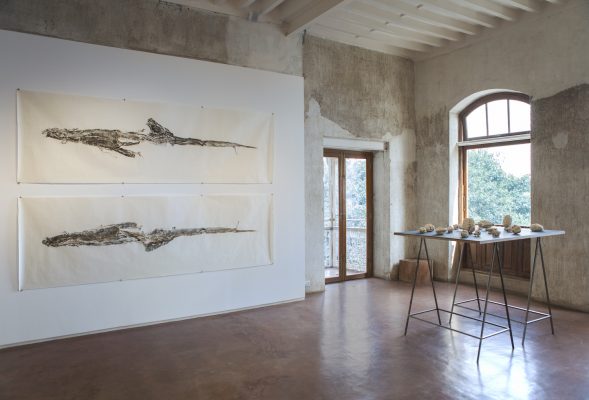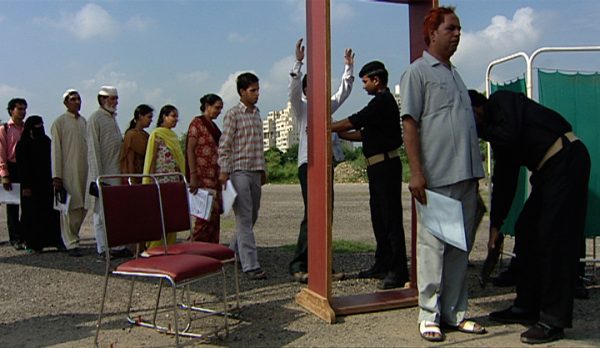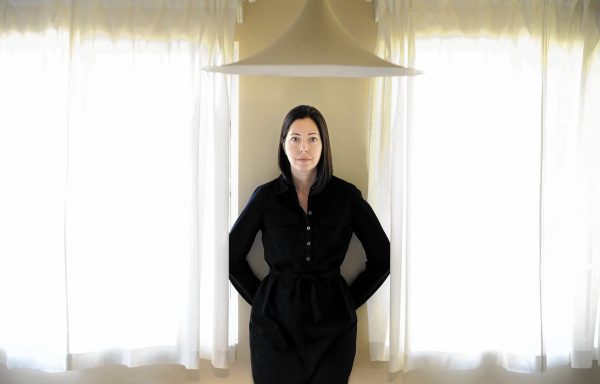Skye Arundhati Thomas
Skye Arundhati Thomas is co-editor of The White Review.
Articles Available Online
READ NEXT








